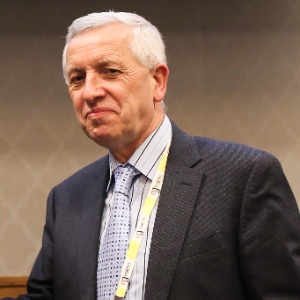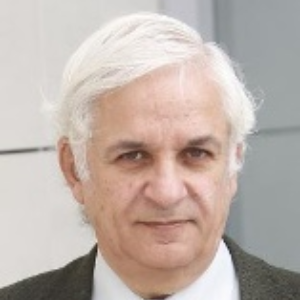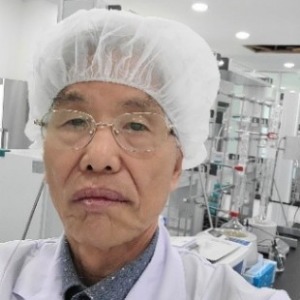Optimising the coordination environment and quantity of low-coordination atoms can improve the electrocatalytic activity of nanomaterials. By modifying the electron transport characteristics, atomic configuration, and molecule structure in a confined area, confinement engineering is the most effective method for precisely synthesising electrocatalysts. Both the physicochemical characteristics of electrocatalysts and the coordination environments are regulated in order to change the process by which active centres arise. As a result, electrocatalysis performance in terms of activity, stability, and selectivity is enhanced. This includes optimising the nucleation, transportation, and stabilisation of intermediate species. A catalyst that is involved in electrochemical processes is an electrocatalyst. Chemical processes may be modified and speeded up with the help of catalyst materials, which do so without being consumed.

Stanislaw Dzwigaj
Sorbonne University, France
Anne M Gaffney
University of South Carolina, United States
Victor Cerda
University of the Balearic Island, Spain
Marta I Litter
Sapienza University of Rome, Italy
Dae Dong Sung
Korea University Sejong Campus, Korea, Republic of
Enrico Paris
CREA-IT & DIAEE, Italy
Collin G Joseph
University Malaysia Sabah, Malaysia



Title : A desirable framework for establishing a resource circulation society
Dai Yeun Jeong, Jeju National University, Korea, Republic of
Title : Design of efficient and stable structured catalysts for biofuels transformation into syngas by using advanced technologies of nanocomposite active components synthesis, supporting on heat conducting substrates and sintering
Vladislav Sadykov, Novosibirsk State University, Russian Federation
Title : Application of vanadium, tantalum and chromium single-site zeolites in heterogeneous catalysis
Stanislaw Dzwigaj, Sorbonne University, France
Title : Personalized and precision medicine (ppm) as a unique healthcare model through bi-odesign-inspired bio- and chemical engineering applications to secure the human healthcare and biosafety: Engineering of biocatalysts - from evolution to creation
Sergey Suchkov, N.D. Zelinskii Institute for Organic Chemistry of the Russian Academy of Sciences, Russian Federation
Title : Catalytic potential of biochar derived from heavy-metal-contaminated biomass
Enrico Paris, CREA-IT & DIAEE, Italy
Title : Effective B2O3 modified Ni/Al2O3 co precipitated catalysts for waste cooking oil transformation into green diesel
Eleana Kordouli, University of Patras, Greece